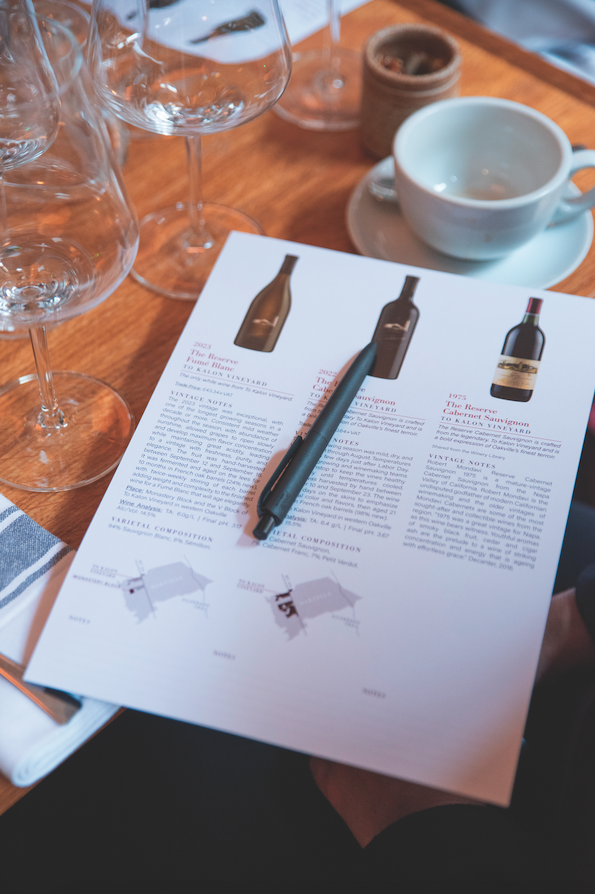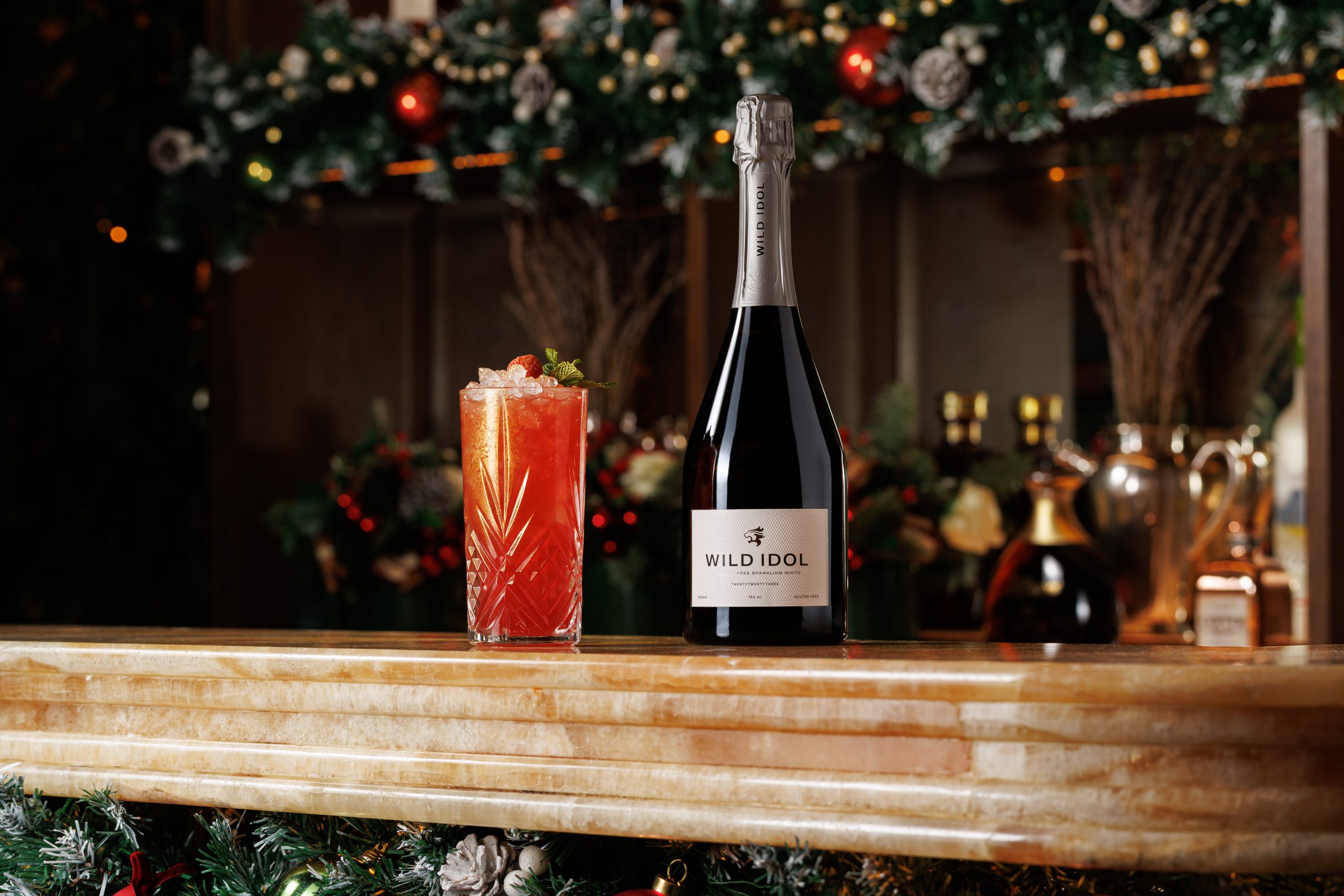Fine wine investment: was 2016 EP a failure?
Now that the en primeur season is behind us it is interesting to reflect that many commentators are talking as though it has been something of a failure.
At Amphora Portfolio Management we beg to differ. A campaign is a failure if it fails to find a pulse in the underlying market. Previous campaigns have been, in aggregate, no more incoherently priced than this one, but have taken place in a market which was consolidating after a significant correction. As a result, pricing would have had to be extremely attractive to resuscitate the market, and since 2012 it has not been.
Under such circumstances it is difficult to shift even reasonably priced stock, and the market perpetuates its slough of despond. This year, however, we detect a significant change. Decently priced issues have found willing buyers, and well-priced issues have flown off the shelf. Carruades de Lafite and Canon, to name but two, have been very hard to come by, and not because they have released very little stock.
The lessons are twofold: firstly, producers who live in a world of their own will usually struggle to sell because a reasonable market price is not the one they want to accept; secondly, correctly priced issues will sell perfectly well if the underlying sentiment is sound. Both points have been re-emphasised in the recent campaign, and the latter point augurs well for the market as a whole.
Throughout the campaign comparisons have quite rightly been drawn between release price and the prices of back vintages, but when the focus is so trained on finding the next en primeur bargain, powder which might reasonably be used for those back vintages is kept dry. Now that the gate has closed on potential such bargains, we can expect the back vintages which the new release prices highlighted as representing good value to firm up accordingly.
So, what are they? We are looking at these on an ongoing basis but will highlight one or two today.
Lafite played its little game by offering non-existent stock initially at £5,500, and then there were suggestions of having to take Rieussec if you hoped to get any in the subsequent release around the £6,000 mark. As it happens £6,000 was a perfectly acceptable price which makes you wonder about the initial charade.
Lafite is unusual among the first growths by having as two of its best buys the fabulous vintages of 2009 and 2010, according to the Amphora proprietary algorithm. We rationalise this on the basis that Lafite having been the darling of the China-inspired rally up to 2011, has suffered longest in the downturn and is the slowest to recover.
You can’t get a sense of this earlier outperformance from either the 2009 or 2010 price movements because they only became physical after the correction had set in, but if you look back to a prior on vintage, the 2005, the impression is very clear:
In the recent rally this underperformance has unwound somewhat for the 2005, but there is still a fair way to go for the 2009 and 2010, as you can see here:
Partner Content
At their current price points the 2009 and 2010, whilst still good value in relative terms, are more expensive than the 2016 because they score better and because the vintage score is likely to be better, but both of these are open to adjustment. We don’t yet have a vintage score for 2016, but it will do well to match the Pauillac scores of 99 and 98 in 2009 and 2010 respectively. It may come close, of course: the “inferior” 2015 scored 95 which was equal to the 2005 in that appellation.
In addition, plenty of critics are open to the 2016 being a 100-pointer, even if Neal Martin is sitting on 96-98, so there is some scope for an upgrade there. But if you couldn’t get enough of the 2016, and are worried about the ongoing ‘tap’ on the 2009 and 2010, you should look at the 2014.
Lafite 2014 has just become physical, and can be bought at £4,600. The wine score is 95 and the vintage score a perfectly creditable 93, so not quite an on vintage but superior to all off vintages. The algorithm has it sitting alongside the 2009 and 2010 for relative value, and it arrives in bottle without baggage, as it were. Now would be a very good time to pick some up.
Regular readers will know that we often unearth value in Ausone, (only last week, in fact!) and although the 2016 was very hard to find it was priced ‘to go’, indeed possibly “blue chip bargain of the campaign”, at £7,260. It is the highest scoring Ausone since the perfect 2005, yet came at a significant discount to the 2009 and 2010, and is priced at only a marginal premium to the 2015.
If you can’t get hold of the 2016, fill your boots with 2008. In St Emilion the 2008 vintage score is marginally inferior to 2009 and 2010 (92 vs 93 and 94), whilst the individual wine score is 98 against 98+ and 98+ respectively, so there isn’t much to choose between them. Except in price! 2008 Ausone will set you back around £5,000, against £8,800 and £10,800 for the 2009 and 2010.
We have argued in the past that this makes the 2010 a ‘sell’ rather than the 2009 a ‘buy’, but however you cut it, the 2008 is unjustifiably cheap.
We will continue to highlight back vintage bargains in forthcoming notes. For now just focus on Ausone 2008 and Lafite 2014!
Philip Staveley is head of research at Amphora Portfolio Management. After a career in the City running emerging markets businesses for such investment banks as Merrill Lynch and Deutsche Bank he now heads up the fine wine investment research proposition with Amphora.




